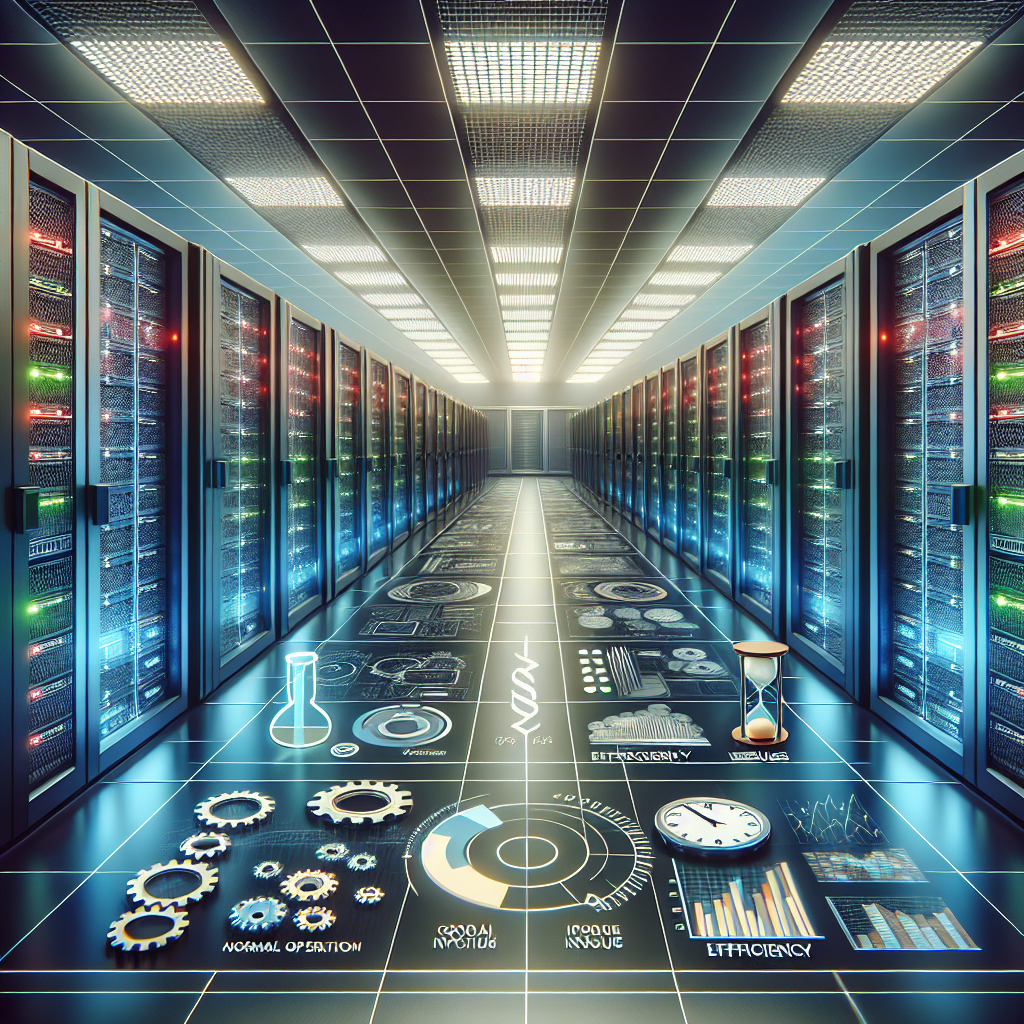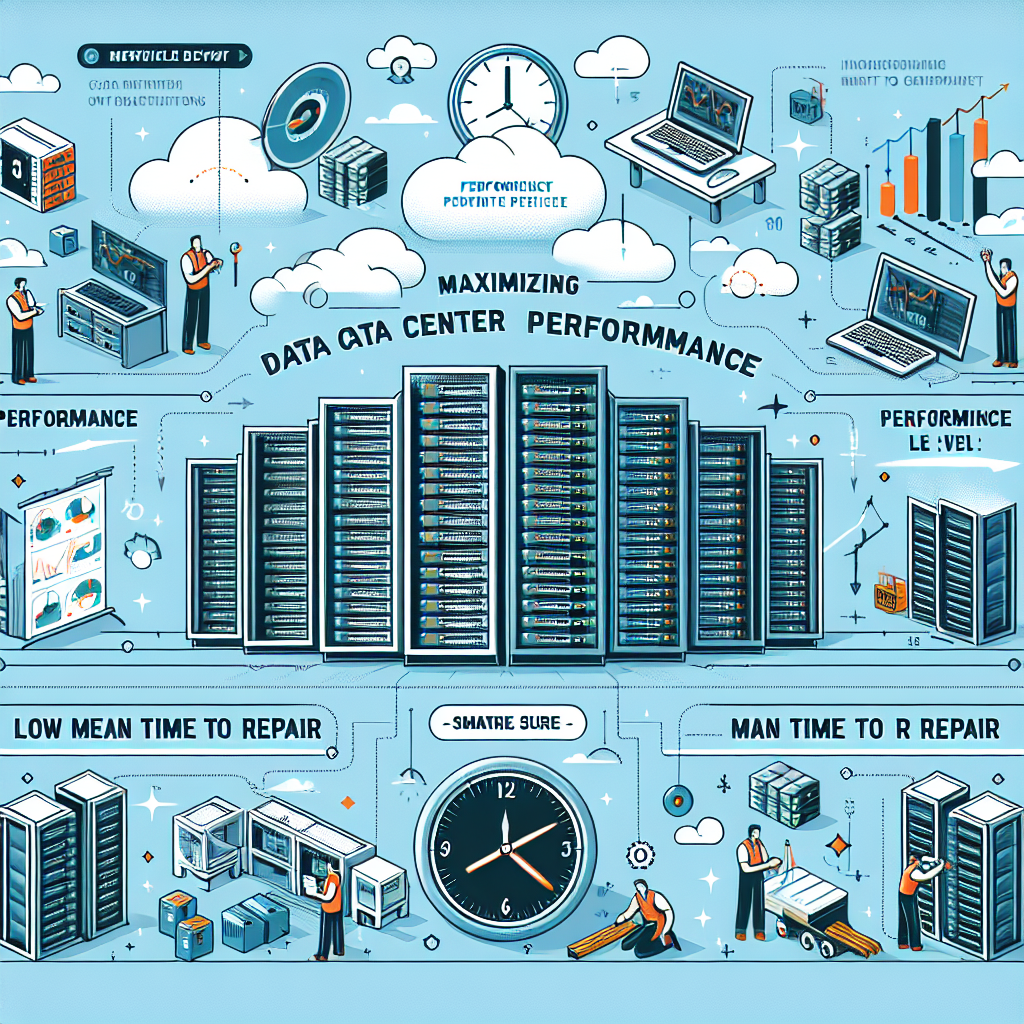Data centers are the backbone of modern businesses, housing and managing the critical IT infrastructure that keeps operations running smoothly. However, when things go wrong, downtime can be costly and disruptive. One key metric for measuring the efficiency of a data center is Mean Time to Repair (MTTR), which calculates the average time it takes to restore services after an outage or issue.
Calculating MTTR is a straightforward process that involves dividing the total downtime by the number of incidents that occurred during a specific period of time. This metric provides valuable insights into the reliability and effectiveness of a data center’s maintenance and support processes. A lower MTTR indicates that issues are being resolved quickly and efficiently, minimizing the impact on operations.
Reducing MTTR is essential for ensuring optimal performance and minimizing downtime. Here are some strategies to help calculate and reduce data center MTTR:
1. Implement proactive monitoring and alerting systems: By monitoring key performance indicators and setting up alerts for potential issues, data center staff can quickly identify and address problems before they escalate into full-blown outages.
2. Invest in automation and self-healing technologies: Automation can help streamline routine maintenance tasks and enable self-healing capabilities that automatically resolve common issues without human intervention, reducing the time it takes to restore services.
3. Conduct regular maintenance and testing: Regular maintenance and testing of critical systems can help identify and address potential issues before they cause downtime. By proactively addressing issues, data center staff can reduce the likelihood of outages and minimize the time it takes to restore services.
4. Train and empower staff: Well-trained and empowered staff are key to reducing MTTR. By providing ongoing training and empowering staff to make decisions and take action, data centers can ensure that issues are resolved quickly and efficiently.
5. Establish clear escalation procedures: In the event of a major outage or issue, clear escalation procedures can help ensure that the right people are notified and that resources are allocated efficiently to resolve the problem in a timely manner.
By calculating MTTR and implementing strategies to reduce it, data centers can improve their overall performance and reliability. By proactively addressing issues, investing in automation and self-healing technologies, and empowering staff, data centers can minimize downtime and ensure that critical services are restored quickly and efficiently. Ultimately, reducing MTTR is essential for ensuring optimal performance and maintaining the integrity of a data center’s operations.










